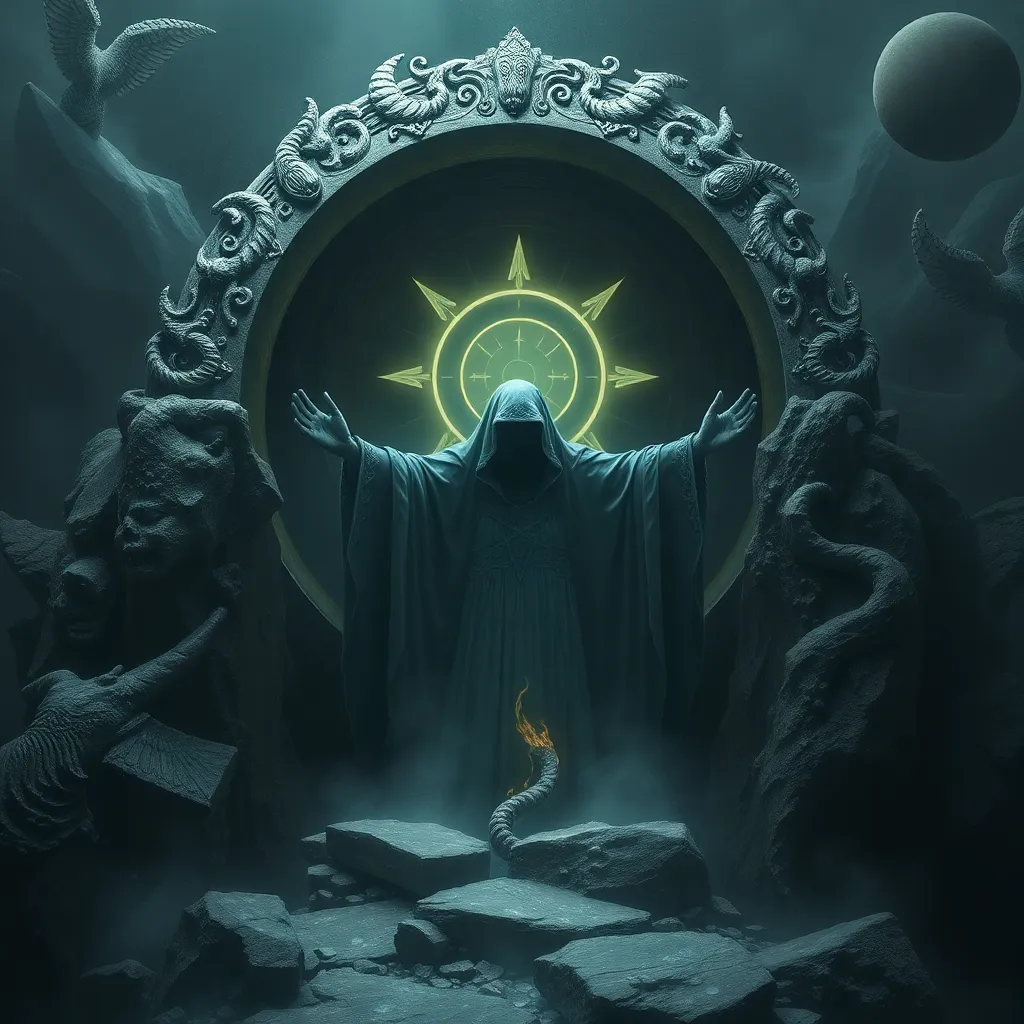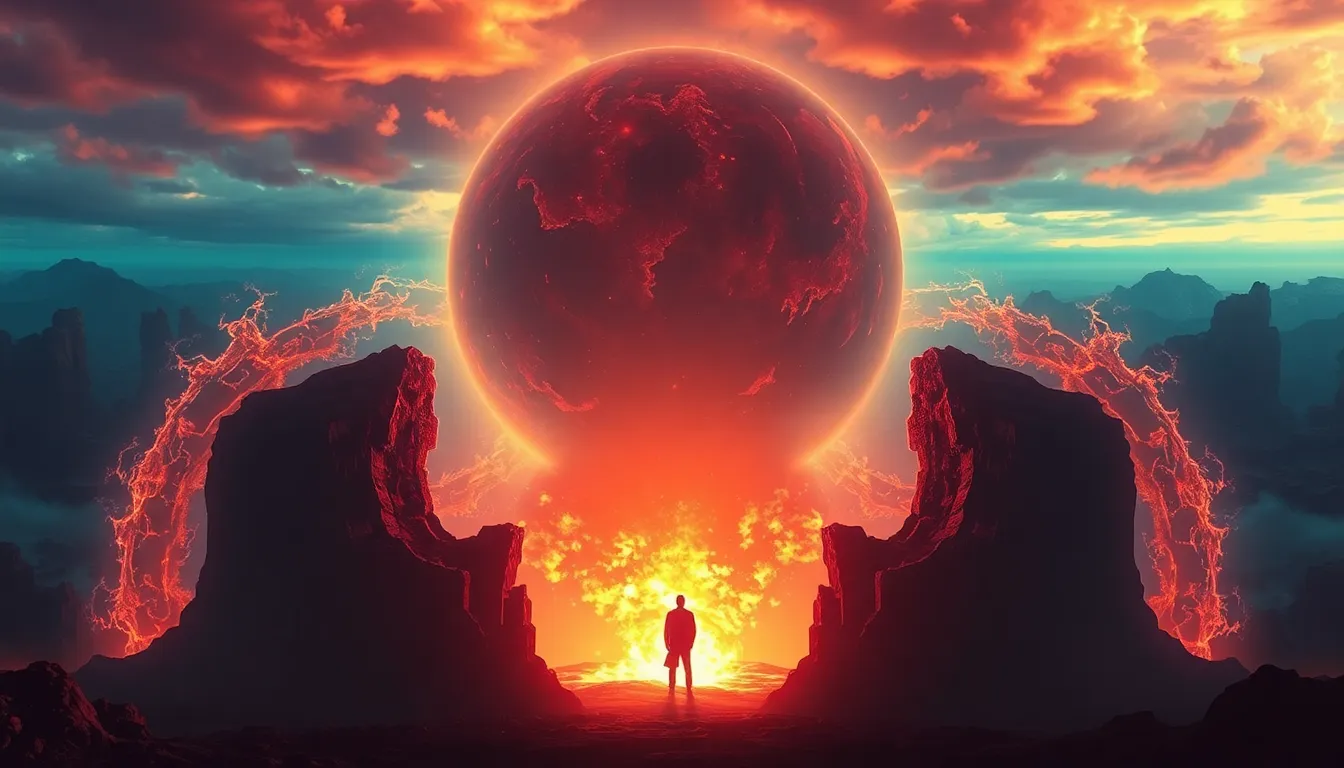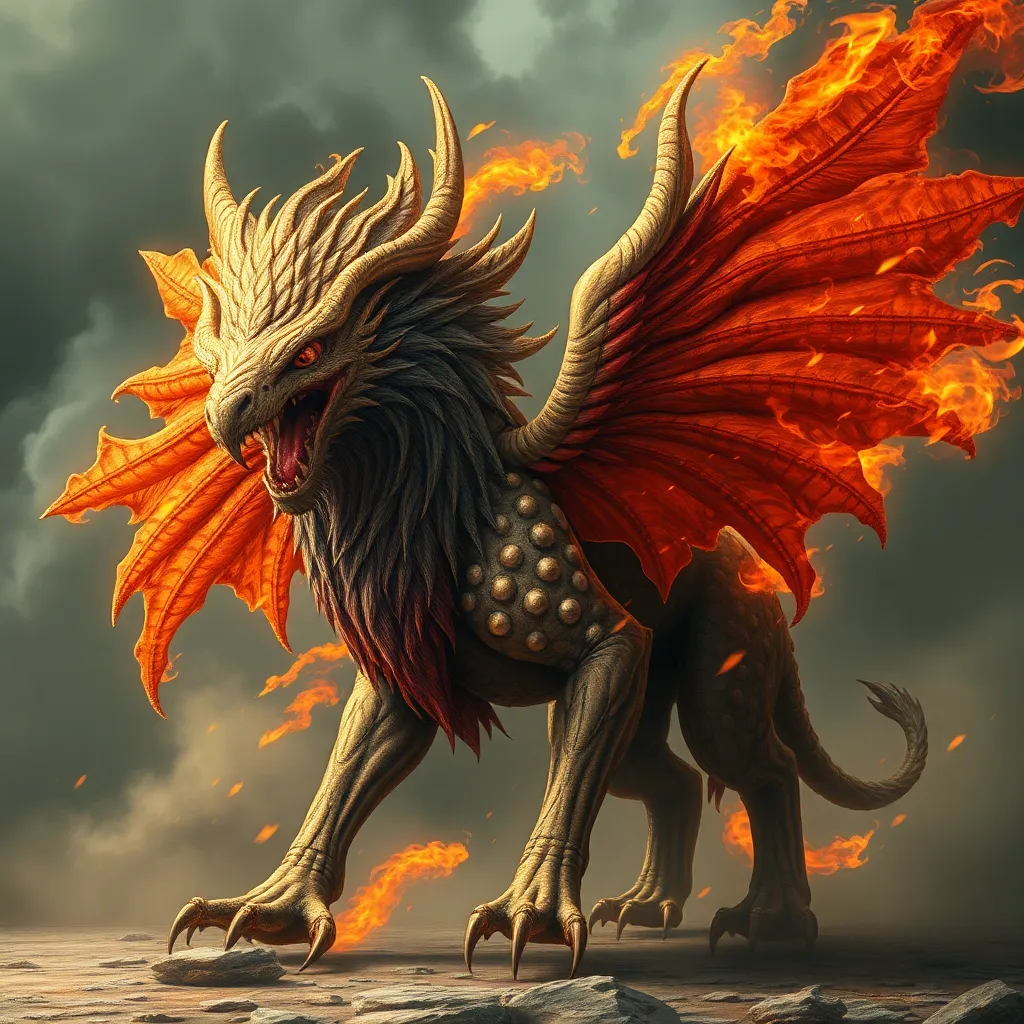The Deathless Dilemma: Koschei’s Eternal Life, Eternal Suffering
I. Introduction
Koschei the Deathless is a prominent figure in Slavic mythology, often depicted as an evil wizard or sorcerer who possesses the secret to eternal life. His character embodies the complex relationship between immortality and suffering, presenting a paradox that has intrigued scholars and storytellers alike. This article aims to explore the depths of Koschei’s myth, the implications of eternal life intertwined with eternal suffering, and the broader significance of these themes in both ancient and modern contexts.
II. The Mythological Background of Koschei
The origins of Koschei can be traced back to early Slavic folklore, where he is often portrayed as a powerful antagonist to heroes. His depictions vary, but he commonly embodies characteristics of a cunning and malevolent force. Koschei is known for his immortality, which he achieves through the concealment of his soul, a narrative device that emphasizes the tension between life and death.
Key characteristics and powers of Koschei include:
- Immortal nature, making him difficult to defeat
- Mastery of dark magic, which he often uses to manipulate others
- A fearsome appearance, typically depicted as an old man or a skeletal figure
In Slavic culture, death and immortality are laden with symbolism. Koschei represents the fear of death and the unnatural desire for eternal life, serving as a cautionary tale about the consequences of defying natural laws.
III. The Concept of Eternal Life
Throughout mythology and philosophy, the concept of immortality has been interpreted in various ways. While some view it as a blessing, others see it as a curse. Koschei’s unique form of eternal life involves the concealment of his soul, which is hidden away in a needle, placed within an egg, inside a duck, which is locked in an iron chest, buried on an island in a sea. This convoluted hiding places represent the lengths to which he goes to preserve his existence.
The implications of living forever in a world rife with suffering raise profound questions about the value of life. For Koschei, his immortality comes at the cost of perpetual torment, as he remains bound to a cycle of despair and isolation.
IV. The Nature of Suffering in Koschei’s Existence
The psychological and emotional toll of eternal life is a significant aspect of Koschei’s narrative. Living through centuries, witnessing the death of loved ones and the constant passage of time without the ability to change or escape his fate leads to profound loneliness and despair.
Exploring themes such as:
- Loneliness – Koschei’s immortality isolates him from meaningful connections
- Despair – His existence is marked by a lack of purpose and fulfillment
- Isolation – He is a figure who, despite his power, cannot escape the human condition
These themes resonate with other mythological figures who share similar fates, such as Tithonus from Greek mythology, who was granted eternal life but not eternal youth, leading to a state of perpetual suffering.
V. Koschei’s Influence in Literature and Popular Culture
Koschei’s character has left a significant mark on literature and popular culture, often serving as a symbol of the darker aspects of immortality. In modern adaptations, he appears in various forms, from children’s stories to complex narratives in adult literature.
Notable examples include:
- Fairy tales where Koschei is an antagonist to heroic figures
- Fantasy novels that reinterpret his character, exploring themes of power and despair
- Animated films that present a more approachable version of Koschei, yet still hint at his tragic nature
His representation often influences discussions surrounding mortality, ethics, and the human experience, providing a rich ground for analysis.
VI. Philosophical Reflections on Immortality and Suffering
The philosophical arguments surrounding the desirability of eternal life are extensive. Some argue that immortality could lead to a deeper understanding of existence, while others assert that it would inevitably result in suffering and despair, as illustrated by Koschei’s plight.
Key ethical considerations include:
- The moral implications of seeking immortality through technological means
- The potential consequences of an immortal society on values such as love, ambition, and personal growth
- How Koschei’s narrative serves as a cautionary tale against the pursuit of eternal life
VII. The Deathless Dilemma in Contemporary Context
In today’s society, the relevance of Koschei’s story resonates with the ongoing quest for immortality through science and technology. Advances in medicine and genetics spark debates about the ethics of extending human life and the potential societal impacts.
Parallels between myth and modern existential struggles include:
- The desire for youth and longevity in a culture that often values appearance and success
- The fear of death and the lengths individuals will go to avoid it
- The existential questions raised by advancements in health and technology
VIII. Conclusion
In summary, the themes surrounding Koschei the Deathless highlight the complexities of eternal life and the inherent suffering that may accompany it. His narrative serves as a rich source for exploring mortality, ethics, and the human condition. As we reflect on Koschei’s eternal struggle, we are invited to consider our own views on life, death, and what it means to truly live.
Through this exploration, we gain a deeper understanding of the implications of immortality and the timeless questions it raises about the nature of existence. Further inquiry into these topics continues to be relevant, encouraging us to confront our mortality and the choices we make in pursuit of meaning.



